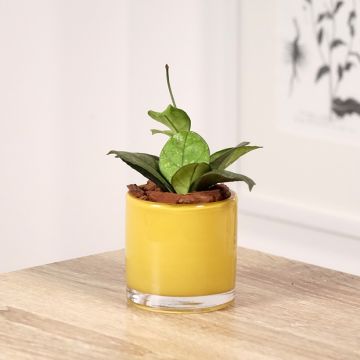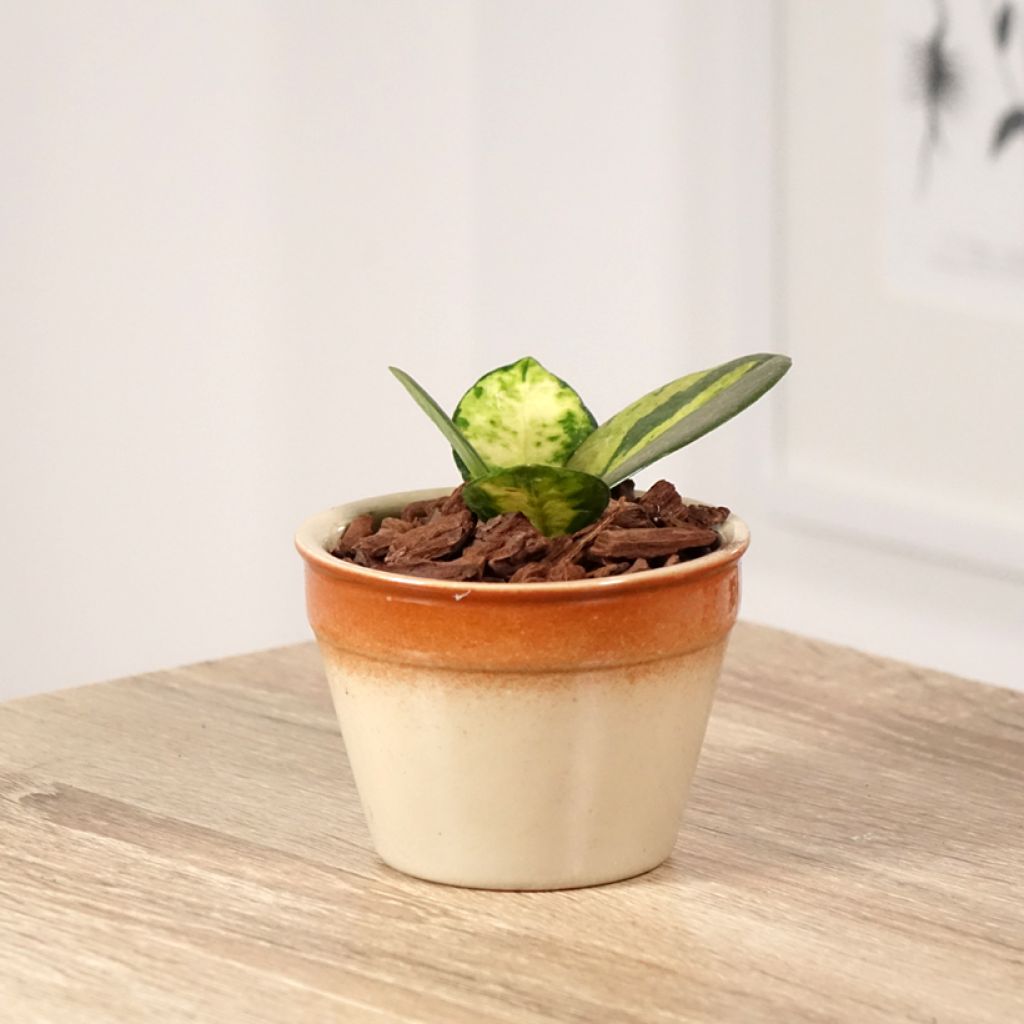

Hoya australis Tricolor - New South Wales wax flower
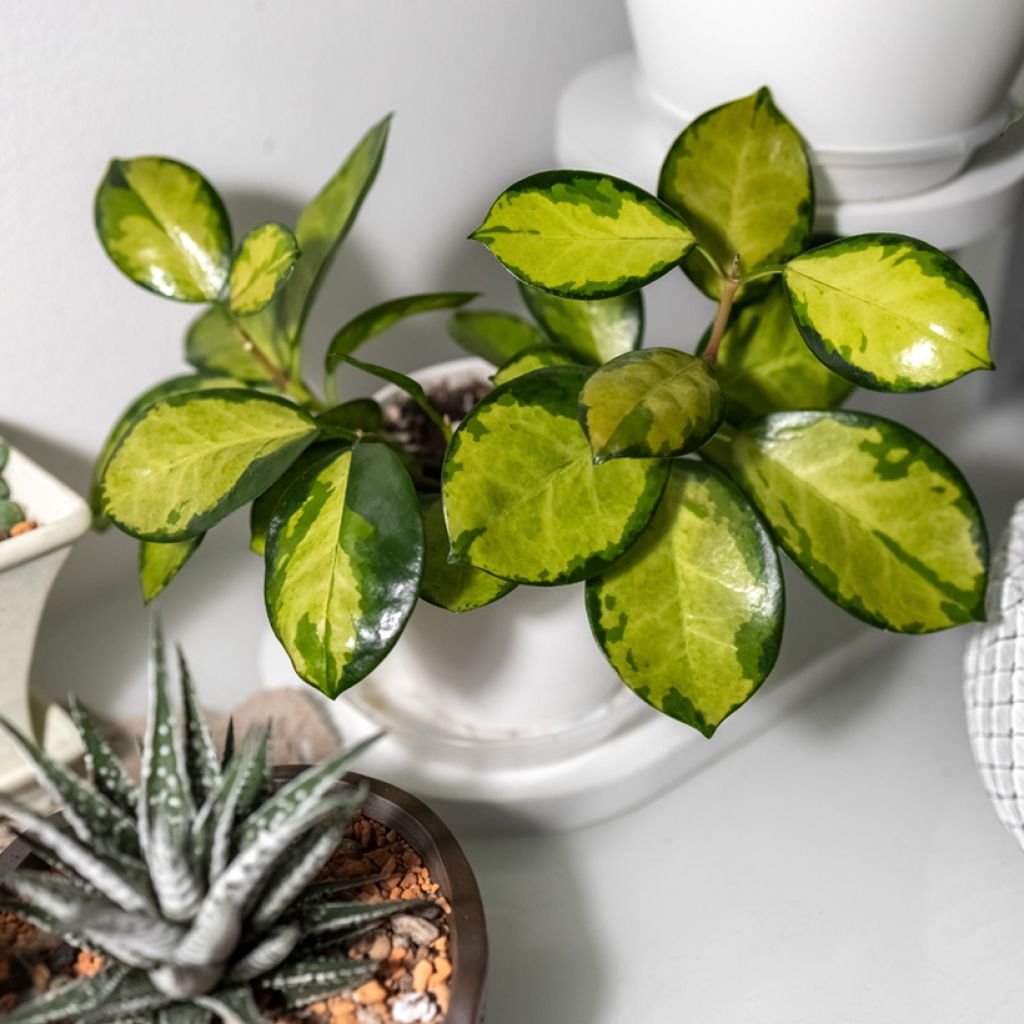

Hoya australis Tricolor - New South Wales wax flower
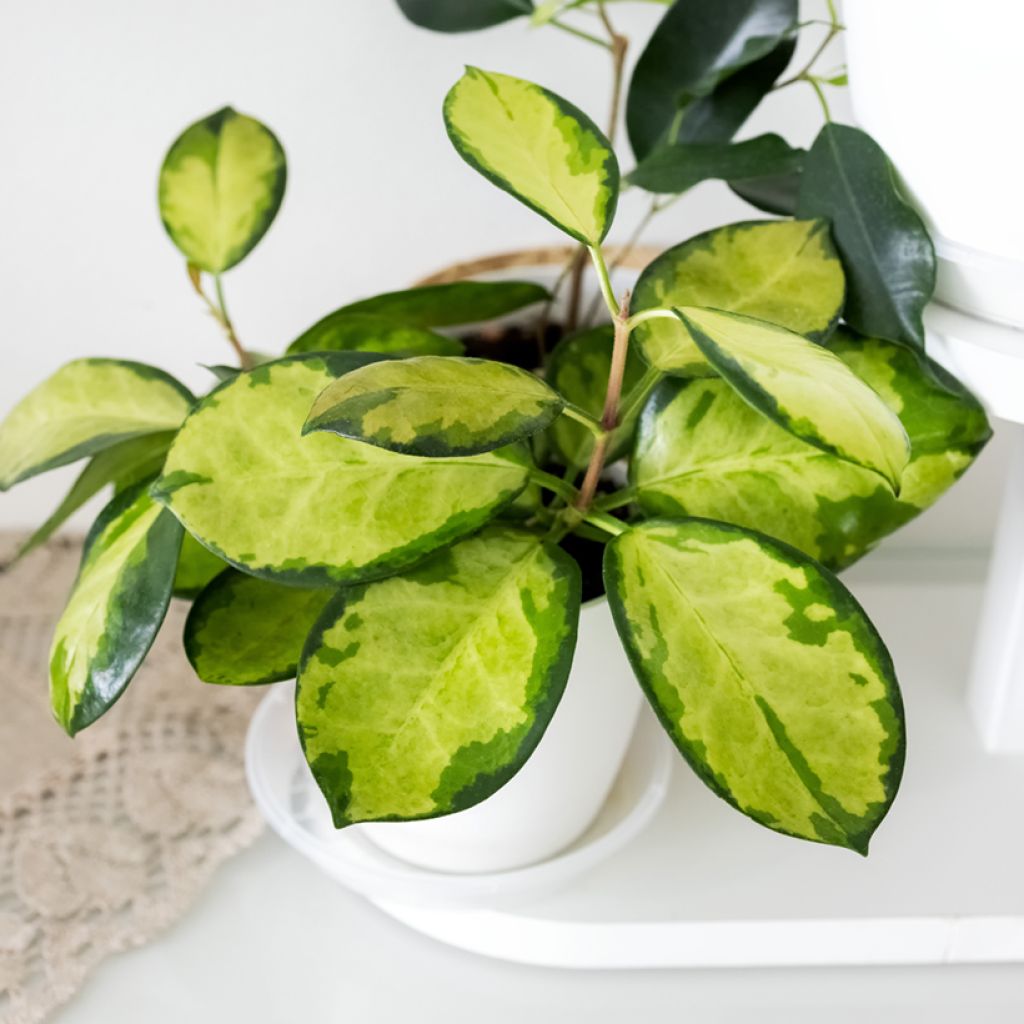

Hoya australis Tricolor - New South Wales wax flower
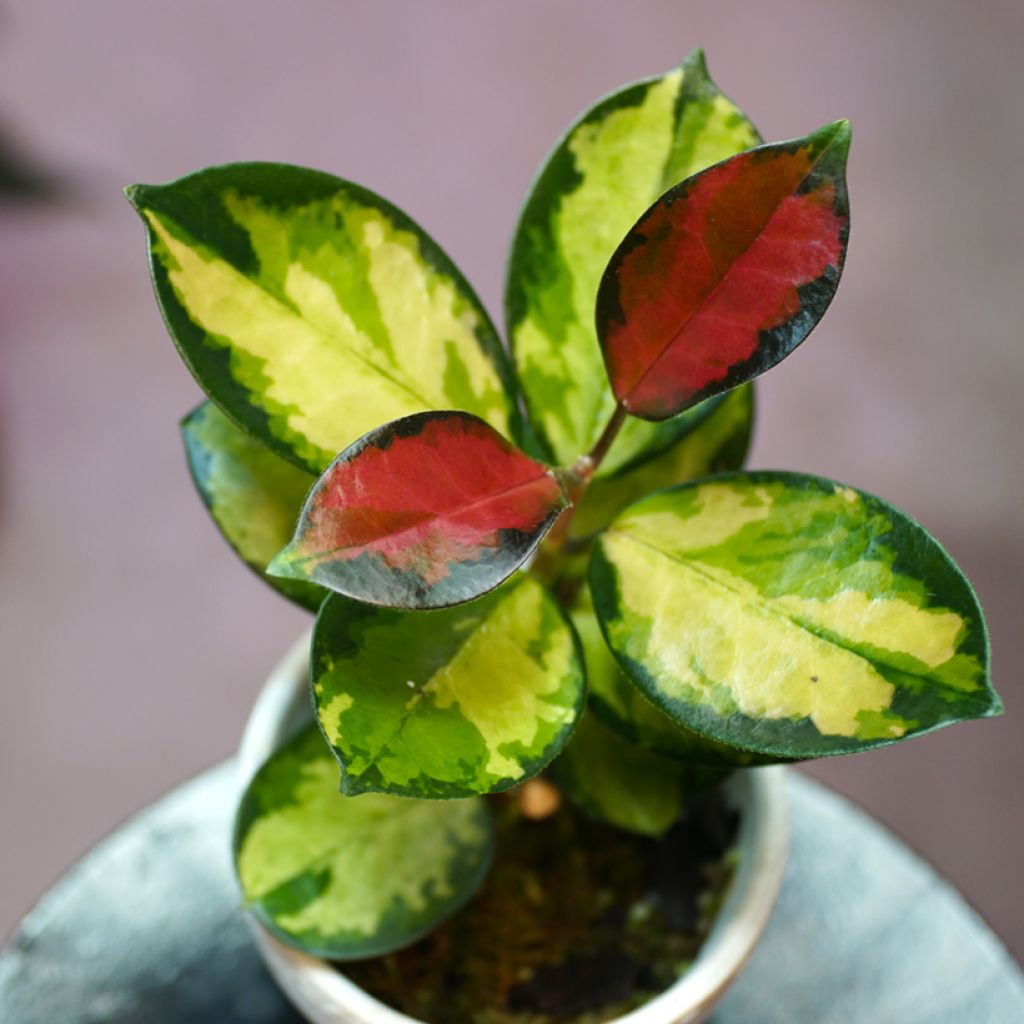

Hoya australis Tricolor - New South Wales wax flower
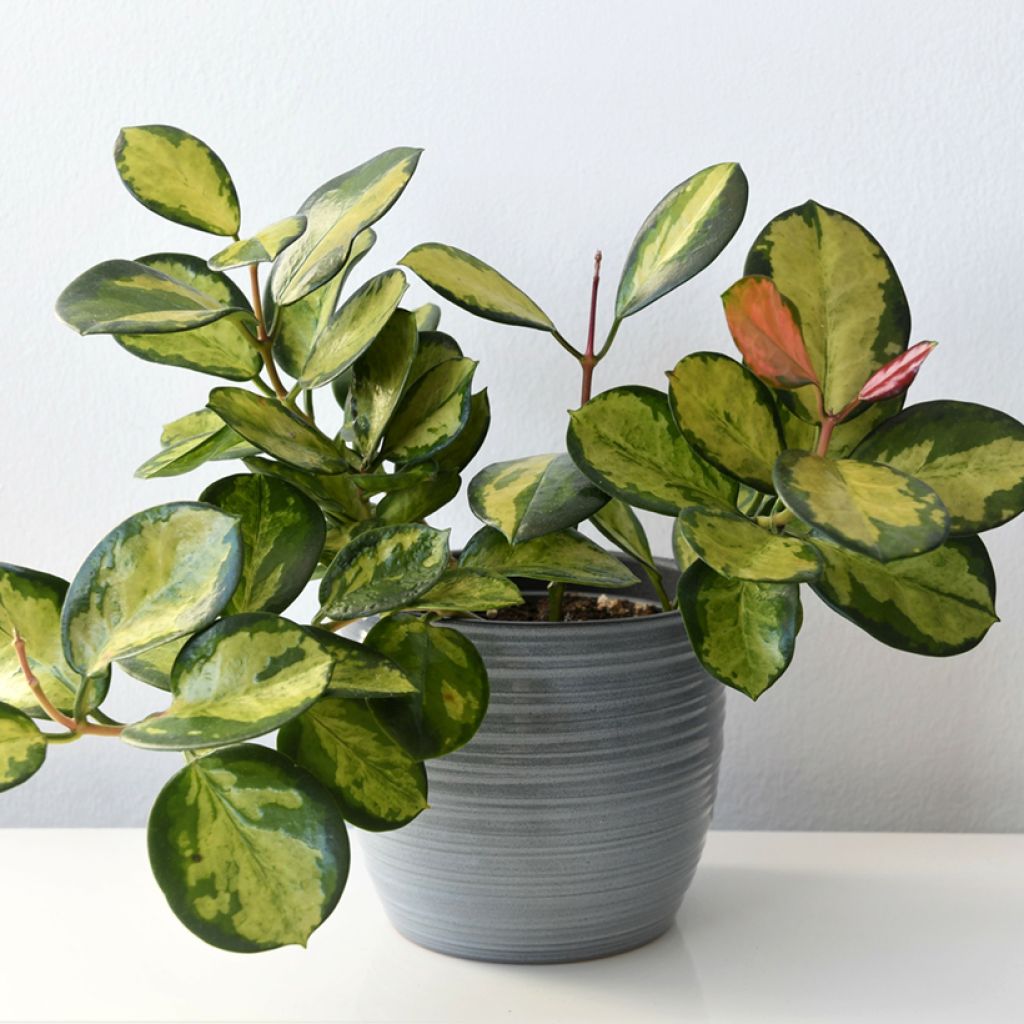

Hoya australis Tricolor - New South Wales wax flower
Hoya australis Tricolor - New South Wales wax flower
Hoya australis Tricolor
New South Wales wax flower
Special offer!
Receive a €20 voucher for any order over €90 (excluding delivery costs, credit notes, and plastic-free options)!
1- Add your favorite plants to your cart.
2- Once you have reached €90, confirm your order (you can even choose the delivery date!).
3- As soon as your order is shipped, you will receive an email containing your voucher code, valid for 3 months (90 days).
Your voucher is unique and can only be used once, for any order with a minimum value of €20, excluding delivery costs.
Can be combined with other current offers, non-divisible and non-refundable.
Home or relay delivery (depending on size and destination)
Schedule delivery date,
and select date in basket
This plant carries a 30 days recovery warranty
More information
We guarantee the quality of our plants for a full growing cycle, and will replace at our expense any plant that fails to recover under normal climatic and planting conditions.

Description
The Hoya australis ‘Tricolor’ or Variegated Wax Flower is a particularly attractive tropical houseplant for its beautiful variegated foliage. This climbing plant which also forms very beautiful hanging displays produces flexible stems adorned with opposite, ovate to elliptical leaves. Tough and glossy, their surface highlights the blend of yellows and various shades of green that makes each leaf unique. Its flowering can be unpredictable and requires patience but it is exquisitely beautiful, with white umbels reminiscent of fine porcelain. This lovely exotic thrives in warm, humid conditions and enjoys bright light.
The Hoya belongs to the Apocynaceae family which includes around 5,000 species mainly found in subtropical and tropical regions worldwide, though some representatives exist in temperate climates, such as the Periwinkles, so useful as a ground cover in our gardens. There are between 100 and 300 species of Hoya depending on botanical classifications, mostly shrubs or lianas, native to regions stretching from Southeast Asia to Oceania. These plants were popularised in Europe by the Scottish botanist Robert Brown in the late 19th century.
The Hoya australis is a species native to Australia, growing in the states of Queensland (warm to tropical climate) and New South Wales (subtropical to oceanic). In these regions, this epiphytic plant climbs up other vegetation, using it as a support to reach heights of several metres (up to 10 m). While it can occasionally tolerate cooler temperatures, it absolutely cannot withstand frosts and prefers areas where temperatures exceed 15°C. It particularly thrives in warm, humid, tropical-like conditions.
The Hoya australis 'Tricolor' is a highly ornamental variegated cultivar. Its tough, ovate leaves grow up to 7 cm long and 5 cm wide. The lamina displays a harmonious blend of colours. The centre of the leaves ranges from yellow to chartreuse green, forming a large maculate area with irregular edges bordered by a light green margin, itself outlined by a dark green edge. However, this distribution is purely theoretical as each leaf presents a unique and original arrangement of hues, making it a highly attractive plant. Additionally, young leaves emerge in pinkish tones, further enhancing its appeal.
If it thrives in your home, this plant will reward you with truly fascinating flowering in autumn. Fragrant inflorescences develop in the leaf axils, taking the form of umbels formed of small white flowers with pink or purple centres. Grouped in clusters of 15 to 20 or more, borne on long floral peduncles and forming bunches about 5-6 cm in diameter, they resemble delicate porcelain.
The Hoya australis 'Tricolor' is easy to care for and requires minimal maintenance as long as it enjoys warm, humid conditions, such as in a well-lit bathroom. A sheer curtain or frosted glass will allow enough light in while protecting it from direct sunlight. You can choose to train it to climb up a support, such as a simple stake or small trellis, or alternatively, grow it as a hanging plant, letting its flexible stems cascade down. Unlike many other members of the Apocynaceae family which are toxic, this plant is safe to keep indoors without any concerns.
Report an error about the product description
Hoya australis Tricolor - New South Wales wax flower in pictures


Foliage
Plant habit
Flowering
Botanical data
Hoya
australis
Tricolor
Apocynaceae
New South Wales wax flower
Cultivar or hybrid
Other Hoya - Wax plant
View all →Location
Location
Maintenance and care
Watering tips
Potting advice, substrates and fertilisers
Houseplant care
Disease and pest advice
Maintenance and care
This item has not been reviewed yet - be the first to leave a review about it.
Haven't found what you were looking for?
Hardiness is the lowest winter temperature a plant can endure without suffering serious damage or even dying. However, hardiness is affected by location (a sheltered area, such as a patio), protection (winter cover) and soil type (hardiness is improved by well-drained soil).

Photo Sharing Terms & Conditions
In order to encourage gardeners to interact and share their experiences, Promesse de fleurs offers various media enabling content to be uploaded onto its Site - in particular via the ‘Photo sharing’ module.
The User agrees to refrain from:
- Posting any content that is illegal, prejudicial, insulting, racist, inciteful to hatred, revisionist, contrary to public decency, that infringes on privacy or on the privacy rights of third parties, in particular the publicity rights of persons and goods, intellectual property rights, or the right to privacy.
- Submitting content on behalf of a third party;
- Impersonate the identity of a third party and/or publish any personal information about a third party;
In general, the User undertakes to refrain from any unethical behaviour.
All Content (in particular text, comments, files, images, photos, videos, creative works, etc.), which may be subject to property or intellectual property rights, image or other private rights, shall remain the property of the User, subject to the limited rights granted by the terms of the licence granted by Promesse de fleurs as stated below. Users are at liberty to publish or not to publish such Content on the Site, notably via the ‘Photo Sharing’ facility, and accept that this Content shall be made public and freely accessible, notably on the Internet.
Users further acknowledge, undertake to have ,and guarantee that they hold all necessary rights and permissions to publish such material on the Site, in particular with regard to the legislation in force pertaining to any privacy, property, intellectual property, image, or contractual rights, or rights of any other nature. By publishing such Content on the Site, Users acknowledge accepting full liability as publishers of the Content within the meaning of the law, and grant Promesse de fleurs, free of charge, an inclusive, worldwide licence for the said Content for the entire duration of its publication, including all reproduction, representation, up/downloading, displaying, performing, transmission, and storage rights.
Users also grant permission for their name to be linked to the Content and accept that this link may not always be made available.
By engaging in posting material, Users consent to their Content becoming automatically accessible on the Internet, in particular on other sites and/or blogs and/or web pages of the Promesse de fleurs site, including in particular social pages and the Promesse de fleurs catalogue.
Users may secure the removal of entrusted content free of charge by issuing a simple request via our contact form.
The flowering period indicated on our website applies to countries and regions located in USDA zone 8 (France, the United Kingdom, Ireland, the Netherlands, etc.)
It will vary according to where you live:
- In zones 9 to 10 (Italy, Spain, Greece, etc.), flowering will occur about 2 to 4 weeks earlier.
- In zones 6 to 7 (Germany, Poland, Slovenia, and lower mountainous regions), flowering will be delayed by 2 to 3 weeks.
- In zone 5 (Central Europe, Scandinavia), blooming will be delayed by 3 to 5 weeks.
In temperate climates, pruning of spring-flowering shrubs (forsythia, spireas, etc.) should be done just after flowering.
Pruning of summer-flowering shrubs (Indian Lilac, Perovskia, etc.) can be done in winter or spring.
In cold regions as well as with frost-sensitive plants, avoid pruning too early when severe frosts may still occur.
The planting period indicated on our website applies to countries and regions located in USDA zone 8 (France, United Kingdom, Ireland, Netherlands).
It will vary according to where you live:
- In Mediterranean zones (Marseille, Madrid, Milan, etc.), autumn and winter are the best planting periods.
- In continental zones (Strasbourg, Munich, Vienna, etc.), delay planting by 2 to 3 weeks in spring and bring it forward by 2 to 4 weeks in autumn.
- In mountainous regions (the Alps, Pyrenees, Carpathians, etc.), it is best to plant in late spring (May-June) or late summer (August-September).
The harvesting period indicated on our website applies to countries and regions in USDA zone 8 (France, England, Ireland, the Netherlands).
In colder areas (Scandinavia, Poland, Austria...) fruit and vegetable harvests are likely to be delayed by 3-4 weeks.
In warmer areas (Italy, Spain, Greece, etc.), harvesting will probably take place earlier, depending on weather conditions.
The sowing periods indicated on our website apply to countries and regions within USDA Zone 8 (France, UK, Ireland, Netherlands).
In colder areas (Scandinavia, Poland, Austria...), delay any outdoor sowing by 3-4 weeks, or sow under glass.
In warmer climes (Italy, Spain, Greece, etc.), bring outdoor sowing forward by a few weeks.






























